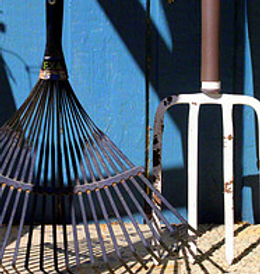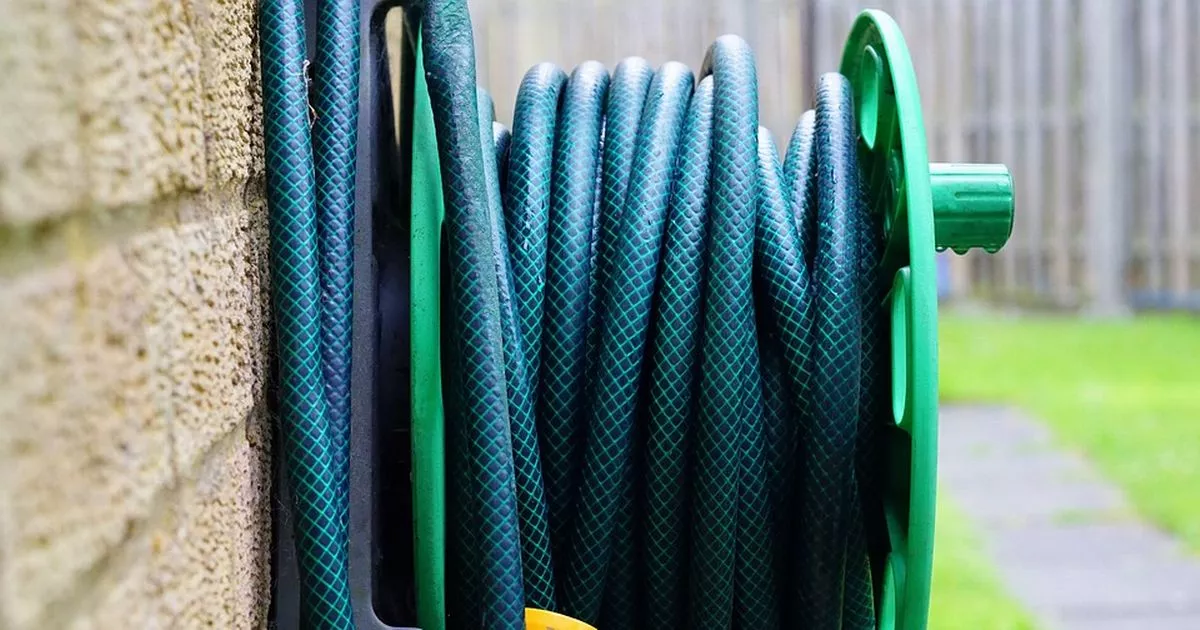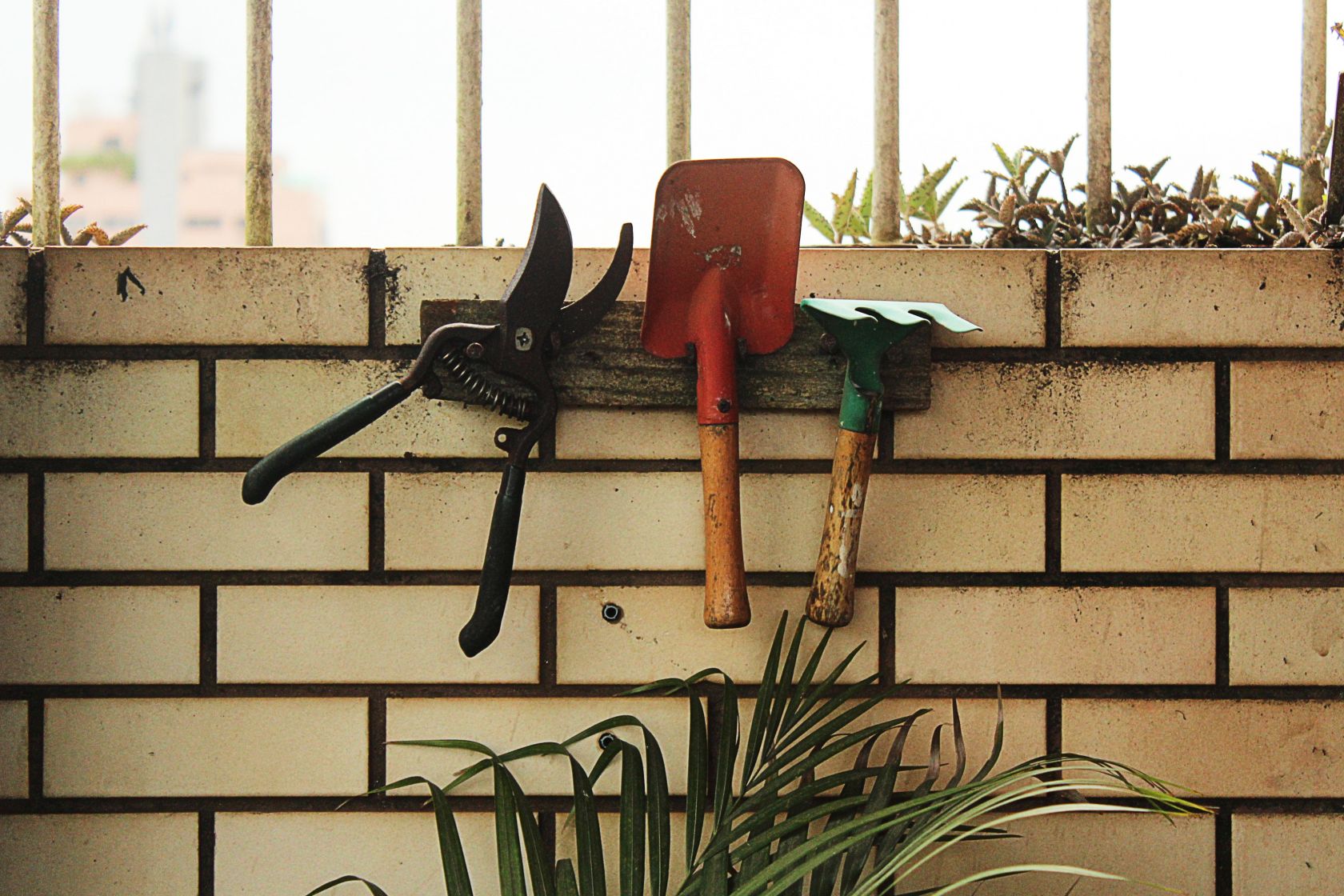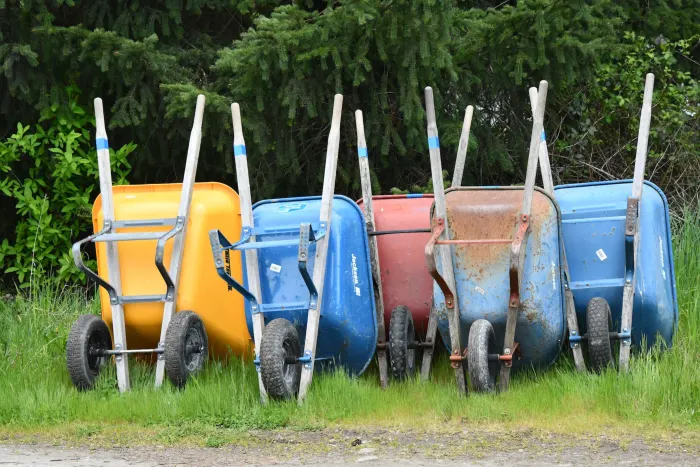When beginning a new hobby or sport, many people purchase everything possible for that particular activity before knowing what they even need. Some insist on looking the part before actually being the part. Gardening is a perfect example. The purpose of this post is to advise you on the best garden tools for beginners without spending too much money. In addition, this post will give you some insight before buying any tools prematurely.

You can purchase all the items I will be discussing at your local garden center, at a Lowes, Home Depot or even on-line. OR, you can be frugal and buy them used at yard sales or on marketplace on Facebook. Please do not break the bank; you will be spending more money later when it’s time to explore centers with displays of lovely flowers. Save your money for the fun stuff.
I’m not saying buy cheaply made tools. Make sure the items you purchase are sturdy and well built. I’m just suggesting that there are different avenues to explore when looking to buy garden tools.
(Some of the links within this post are affiliate links on which I receive a small compensation from the sale of certain items with o extra cost to you.)
(As an Amazon Associate I earn from qualifying purchases.)
Essential Tools – Best to Have on Hand
Water Items
- Garden Hose – A garden hose is essential to keeping your plants alive. Be sure your hose is made from a good quality material and is long enough to reach your garden. Measure the distance from your outdoor spigot to your garden. Also, decide on the type of hose you would like. There are many varieties of hoses such as flexible (expand when water flows through), no-kink hoses (which to this day I have not found one that really works! If you know of one, please comment below.), vinyl hoses, polyurethane hoses and rubber hoses. There are also polymer hoses, soaker hoses, and metal hoses.
Who would have thought there were so many choices!! It’s mind-boggling. Buy a hose from Amazon.

Some things to consider when buying a hose:
- buy one with brass couplings
- make sure the burst pressure rating is over 350 PSI; it’s less likely to burst if you accidentally run it over with your car
- if you live in a cold environment, either detach it and bring it inside for the winter or look for cold weather ratings
- keep some rubber washers and quick connectors on hand for easy repairs
- hose tip: do not bang your hose on the ground because it may dent or deform the threads
- Adjustable Nozzle or Spray Head – As like hoses, nozzles come in many varieties. But don’t go crazy trying to figure out which is best. I recommend getting an adjustable spray nozzle for your hose which includes a dial for spray, flat, cone and soaking patterns. If it has more than 4 settings, that’s fine. However, brass is best when looking for a nozzle. It will last longer and is more durable. You can also purchase a wand type head which is an extension of maybe 2 to 3 feet that you attach to your hose to water overhead pots or hard to reach plants in your garden. I suggest you hold off on this purchase, though, until you actually have a garden and know it is essential to your needs.
- Watering Can – This is easy. Just buy any plastic or metal one you can find. They can usually be found in yard sales for a cheap price.
Handy Essentials-Best Garden Tools For Beginners
- Gardening Gloves – There are 3 basic kinds of gardening gloves and each one has a different purpose.
- long gloves that reach to your elbows. These are used when working around prickly plants such as roses or cacti.
- light weight gloves for digging into soft soil
- heavy duty work gloves usually made with leather palms. These come in handy (catch the pun!!) when you’re shoveling loads of mulch or dirt or digging deep into the ground

- Spade Shovel – this is a round headed shovel used for digging, breaking up soil or transplanting soil. Buy a heavy duty one because they will have to endure years of use.
- Pruning Shears – these are small clippers that are used for harvesting flowers, fruit, vegetables, or for dead-heading (removal of dead blossoms). They are also useful for trimming dead limbs and twigs. I suggest you buy a heavy duty shear because you will be using this all the time. You can sharpen them with a kitchen knife sharpener.
- Garden Fork – this is a small claw like contraption that makes weeding much easier. Use this as a scratcher on the ground between flowers to not only eliminate weeds but to aerate the soil and make it more porous for rain to trickle to the roots.
- Hand Trowel– A hand trowel is indispensable. You will use this for planting, digging, removing plants from pots, removing soil from bags; you name it! These can certainly be found at yard sales.
- Rake – There are 2 types of rakes, a flexible one used for raking loose dirt, loose mulch or leaves, or a hard metal tined one used for heavier dirt or mulch. The hard metal tined rake can also be used as a scratcher for aerating. This is useful when beginning a garden to help smooth out the soil before and after planting
- Wagon – A child’s Flyer wagon or even a Little Tikes wagon comes in handy when transporting soil and flowers. Again, try yard sales or used items on-line. You don’t need a wheelbarrow quite yet.
- Pitch fork – If you can find a pitch fork at a yard sale or in your garage, this comes in useful, although it is not necessary to purchase.
Tools to Splurge on Later
Really, the sky is the limit when you garden. The more you explore, the more items you can buy, however, I recommend you begin gardening and then decide as you go along what other tools you may need. But if you have money to burn, here is a list of some other items you can purchase that you will probably need later on.

- Tiller Cultivator – This is a multi-use item that has 3 prongs with sturdy tines. It is used for composting, turning or mixing in dirt, spreading mulch or weeding. Buy from Amazon.
- Loppers – These are long shears used for removing heavier limbs or branches or cutting out dead and spent twigs from older rose bushes or plants. As a beginner, you will not need this tool for quite a while. Buy from Amazon.
- Hoe – Hoes are good for churning up the soil before planting but your heavy duty rake will do the same thing. This purchase can wait until later. Buy from Amazon.
- Wheelbarrow – If you plan to create your garden using soil from a different area of your yard, then a wheelbarrow is advisable to use. However, the use of a child’s wagon will suffice when moving tools and plants from one place to the next. Buy from Amazon.For more information on how to begin a garden, click Starting a Garden.
Keep It Simple, Baby!
So now that you’ve explored some basic gardening tools for beginners, I hope you will be frugal and try to corral these items from local yard sales, antique shops, flea markets, estate sales, or on-line marketplaces. If you cannot find them there, try buying them at the end of the planting season; they will be less expensive. Remember you can also purchase them at Lowes, Home Depot, or a local hardware store.
Have fun shopping!!
Please leave a comment. I’d love to hear your thoughts!
